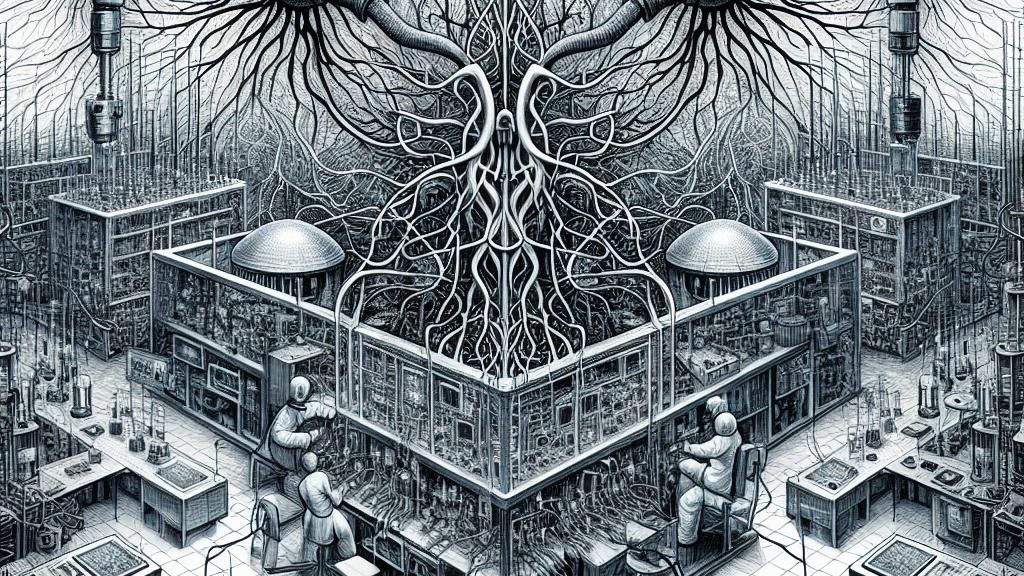Advancements in Electro-Biological Interfaces for Neurostimulation
Overview
- Introduction of a revolutionary 1024-channel TFT neurostimulator redefines neurostimulation.
- Deep brain stimulation technology evolves, paving the way for personalized medical interventions.
- Exploring the intricate link between childhood trauma and mental health treatment outcomes.

Innovative Technologies in Neurostimulation
A groundbreaking leap in neurotechnology has emerged from China with the development of an incredible 1024-channel TFT neurostimulator. This cutting-edge device, utilizing a sophisticated Back-End-of-Line (BEOL) fabrication process, aims to revolutionize interaction with cultured dorsal root ganglion (DRG) neurons. By blending avant-garde materials such as PEDOT:PSS and SU-8, it achieves exceptional biocompatibility and precision that were previously unheard of. You can envision a scenario where such a neurostimulator offers unparalleled control over neuronal activity, addressing the limitations posed by traditional microelectrode arrays. This innovation not only encapsulates potential solutions for chronic pain management but also expands horizons for neuromodulation therapies aiming to combat neurodegenerative conditions. It sets a new gold standard in the field, proving that the boundaries of what we can achieve with neurostimulation are constantly being pushed.
The Evolving Landscape of Deep Brain Stimulation
Deep brain stimulation (DBS) has charted a remarkable evolution over the past few decades, transitioning into an essential treatment for an array of neurological disorders, including Parkinson's disease, essential tremor, and even treatment-resistant depression. Modern DBS systems boast impressive advancements, starting with their design, which now draws heavily from innovations in cardiac devices. A prime example includes the transition to miniaturized, rechargeable, and fully implantable pulse generators that enhance patient quality of life and treatment adherence. Moreover, with the introduction of directional leads, clinicians now have the ability to meticulously shape stimulation, targeting specific brain regions more effectively. The introduction of closed-loop systems signifies an exciting frontier; these systems are capable of dynamically adjusting stimulation in response to real-time neural feedback, maximizing therapeutic outcomes while minimizing side effects. As this technology progresses further into the realm of wireless connectivity, the prospect of remote programming comes to fruition, heralding patient convenience while also raising important considerations regarding security and patient privacy.
Link Between Childhood Trauma and Treatment Outcomes
An intriguing examination of mental health treatment has surfaced, revealing a tightly woven relationship between childhood trauma and the efficacy of repetitive transcranial magnetic stimulation (rTMS) in major depressive disorder (MDD) patients. Studies have highlighted that early exposure to severe trauma often compounds the challenges faced during therapy, particularly in women. For instance, in a study involving 51 participants, those burdened with higher trauma levels often expressed significantly less satisfaction with their treatment outcomes. This stark correlation demands that medical practitioners emphasize a thorough assessment of each patient’s trauma history when designing treatment plans. By approaching treatment through a trauma-informed lens, healthcare professionals can better cater their therapies to individual needs, thereby increasing the chances of positive outcomes. Consequently, addressing the profound impact of childhood experiences not only personalizes treatment but also offers a pathway to healing that respects and acknowledges the complexities of each patient’s journey.

Loading...